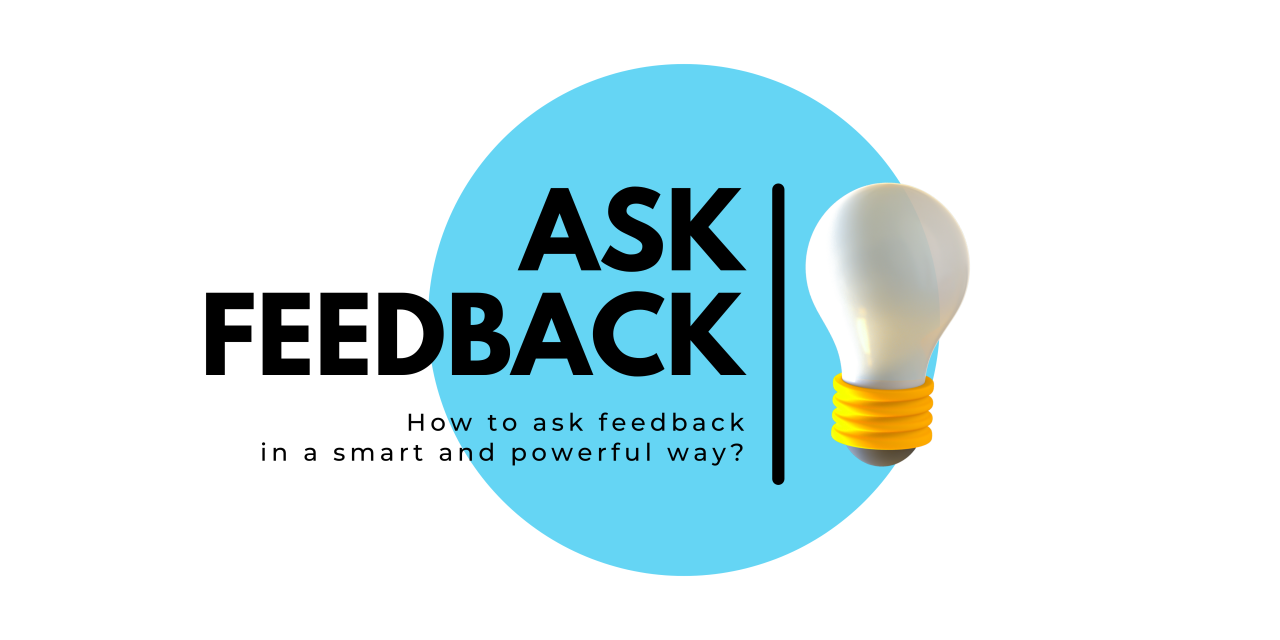Best Feedback Collection Formats: Choosing What Works for You

Collecting feedback is essential for improving performance, products, services, and relationships. But how you collect feedback is just as important as whether you ask for it. The format you choose affects the quality, honesty, and usefulness of the responses you receive.
There’s no one-size-fits-all solution. The best feedback format depends on your goals, the relationship between you and the respondent, and the setting—whether it’s a workplace, classroom, or customer interaction.
1. Surveys (Anonymous or Identified)
Surveys are one of the most scalable formats. They can be used for customer experience, employee satisfaction, or event feedback.
-
Best for: Quantitative data, large groups
-
Tip: Keep it short, clear, and focused. Mix rating scales with a few open-ended questions.
2. One-on-One Conversations
Live feedback, whether in-person or virtual, allows for nuance, clarification, and deeper understanding.
-
Best for: Performance reviews, mentorship, direct reports
-
Tip: Use open-ended questions like “What could I do differently?” or “What support do you need from me?”
3. Feedback Boxes or Portals
Physical or digital suggestion boxes offer a way for people to give input anonymously at any time.
-
Best for: Ongoing feedback in offices, schools, or online communities
-
Tip: Monitor regularly and follow up publicly on themes or actions taken.
4. Pulse Checks (Quick Polls)
These are short, frequent check-ins—often weekly or monthly—that take under a minute to complete.
-
Best for: Monitoring team morale, culture, or satisfaction
-
Tip: Focus on 1–2 questions, like “How supported do you feel this week?”
5. 360-Degree Feedback
Used in professional development, this format gathers input from supervisors, peers, and direct reports.
-
Best for: Leadership growth, promotion readiness
-
Tip: Ensure anonymity and a clear framework to reduce bias or discomfort.
6. Email or Messaging Feedback
Sometimes, the easiest way to collect quick feedback is by asking directly in a message thread.
-
Best for: Project reviews, informal check-ins
-
Tip: Ask for 1 thing that worked well and 1 area to improve.
7. Live Polls or Interactive Tools (e.g., Mentimeter, Slido)
Used during meetings, workshops, or webinars to capture real-time reactions.
-
Best for: Engagement, group sentiment, immediate input
-
Tip: Use them to break the ice or validate decisions on the spot.
Conclusion
The best feedback collection format is the one that fits your audience, builds trust, and encourages honest responses. Whether formal or casual, anonymous or face-to-face, consistency and action are what matter most. Collect feedback in a way that invites participation—and then show you’re listening.
- Arts
- Business
- Computers
- Jeux
- Health
- Domicile
- Kids and Teens
- Argent
- News
- Recreation
- Reference
- Regional
- Science
- Shopping
- Society
- Sports
- Бизнес
- Деньги
- Дом
- Досуг
- Здоровье
- Игры
- Искусство
- Источники информации
- Компьютеры
- Наука
- Новости и СМИ
- Общество
- Покупки
- Спорт
- Страны и регионы
- World


